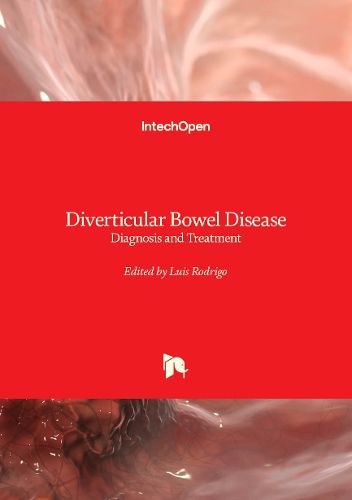Diverticular Bowel Disease

Diverticular Bowel Disease
Diverticulosis refers to an outpouching of colonic mucosa and submucosa outside of the intestinal lumen. It commonly occurs around the penetrating blood vessels. It can occur in any segment of the bowels; however, the sigmoid colon is the most affected segment. Diverticulosis (the presence of diverticula in the colon) remains asymptomatic in most individuals, but approximately 25% of people with diverticulosis will experience symptomatic diverticulosis, which is referred to as diverticular disease.
In the past two decades, diverticular disease has become one of the most commonly diagnosed bowel disorders. It is seen across the globe and its incidence is high, especially in Western countries. It is estimated that in many developed countries around 50% of the population older than 50 years is affected by diverticular disease. It was once believed to be associated with increasing age, however, in recent studies, its prevalence in younger populations has increased. In about 10%-25% of patients with diverticulosis, the disease progresses and leads to diverticulitis.
Many theories have been suggested for the different etiologies of diverticular disease, and the most common cause is believed to be a low-fiber diet. It is believed that diets low in fiber are associated with increased intracolonic pressure, which leads to diverticula formation.
Diverticular disease can have variable clinical presentations. Most often it presents as abdominal pain or change in bowel habits and rectal bleeding. Its clinical picture can at times mimic inflammatory bowel disease or bowel malignancy. Its common sequelae include diverticulitis, perforation, and peri-colic abscess/phlegmon.
The complications of diverticular disease include abscess, fistula, and bowel strictures. Small or localized collections can be managed with intravenous antibiotics and depending on the available resources, intervention radiology can also be used to manage such cases.
CT scan is considered a more specific technique for diagnosis. It can also be used for reviewing the patient's progress to treatment, with serial scans over time. It is also used for treating some complications, such as performing percutaneous drainage of abdominal abscesses.
This item is not currently in-stock. It can be ordered online and is expected to ship in approx 2 weeks
Our stock data is updated periodically, and availability may change throughout the day for in-demand items. Please call the relevant shop for the most current stock information. Prices are subject to change without notice.
Sign in or become a Readings Member to add this title to a wishlist.


